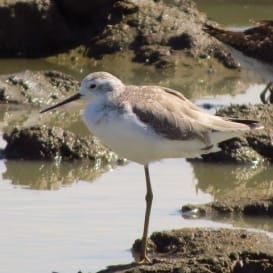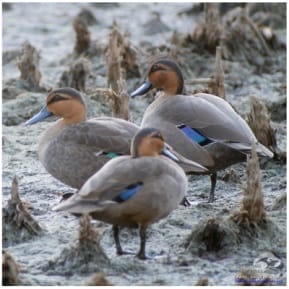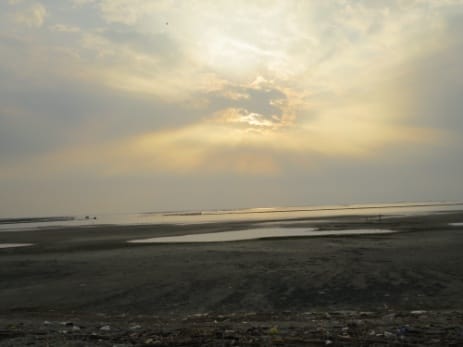By Tinggay R. Cinco
What are waterbirds?
Waterbirds are species of birds that are ecologically dependent on wetlands and ecosystems that represent for their entire life cycles. (AEJensen, 2018.) There are around 30 families of waterbirds under this classification. Waterbirds or aquatic birds are identified by their habitats such as shorebirds, sea birds, waders and waterfowls.

Marsh Sandpiper
Tringa stagnatilis

Black-headed Gull
Chroicocephalus ridibundus

Philippine Duck
Anas luzonica

Black-winged Stilt
Himantopus himantopus
What are Tides?
Tides are the rise and fall of sea levels caused by the combined effects of the gravitational pull of the Moon and the Earth. Along the coast, the water slowly rises up over the shore then falls back. They conform to the shape of shorelines and ocean floors.
Tidal Force is the Moon’s ability to raise the tides of the Earth.
High Tide happens when the water has risen to its highest levels covering much of the shore.
During this time, the tidal force exerted by the moon is strongest on this side of the Earth facing the Moon. Tides are higher during a full moon.

Low Tide occurs when the water falls at its lowest level moving away from the shore. At this period of time, the Moon faces away from the Earth. Gravitational forces are at a minimum usually the quarter moon phase.

What is an Intertidal Zone?
The intertidal zone is land between tidal ranges that constantly experiences drastic changes in tide conditions. These zones are located in marine coast lines including rocky shores and sandy beaches. During low tide, the area is exposed in the air while at high tide, the surface is completely submerged in sea water.

What are Wetlands?
Wetlands are simply defined as land covered or saturated by water. Water is the controlling factor that supports plant and animal life. Rivers and lakes, coastal lagoons, mangroves peatlands and coral reefs are wetland habitats. However, the different types of intertidal wetlands are marshes, swamps, mangroves and shores.
Mudflats are wetlands formed due to the influence of tides and river flows, wherein the area is exposed during low tide then is completely submerged during high tide. Sediments are deposited in these mudflats that make living organisms thrive where diverse flora and fauna are found making it a vital source of food for various creatures.

What is the inter-relationship between Waterbirds, Wetlands and Tides?
The lifecycle of waterbirds are dependent on the wetland habitats. The biodiversity that exist in these habitats reflects the species of waterbirds that can be found in these sites. Waterbirds thrive in these environments where they are reliant for their food source, as well as serving as their roosting and breeding sites. Conditions in intertidal wetlands shift during the day and night, influenced by periods of low or high tides. At low tide, birds forage the mudflats for food while at high tide, they become roosting areas.

What is the best time to go and watch Waterbirds ?
When planning a birdwatching trip to the wetlands, consulting a tide table will be very beneficial. Since the feeding time of waterbirds occur mostly during low tide, knowing the approximate time to venture into the site will be helpful.

The quest for waterbirds poses a great challenge for most birdwatchers. But the key is preparation before venturing out on a trip to these wetland sites. This will maximize your time in observing these water birds in their habitat. Taking into account all these factors, hopefully this article will help a birder in his next birdwatching adventure.
References:
Jensen, Arne E. (2018), Internationally Important Waterbird Sites in Manila Bay, Philippines. A Technical Report.
Tiner, R. W. (2013). Definitions and Classification of Tidal Wetlands and Estuaries. In Tidal Wetlands Primer: An Introduction to Their Ecology, Natural History, Status, and Conservation (pp. 1–22). University of Massachusetts Press. http://www.jstor.org/stable/j.ctt5vk8qw.7
https://education.nationalgeographic.org
https://education.nationalgeographic.org
http://hscgeographyecosystems.hsieteachers.com
Photo Credits:
Marsh Sandpiper by Riza Herrera
Philippine Duck by Adri Constantino
Black-winged Stilt by Yani Barcenas
Pampanga River by Trinket Canlas
